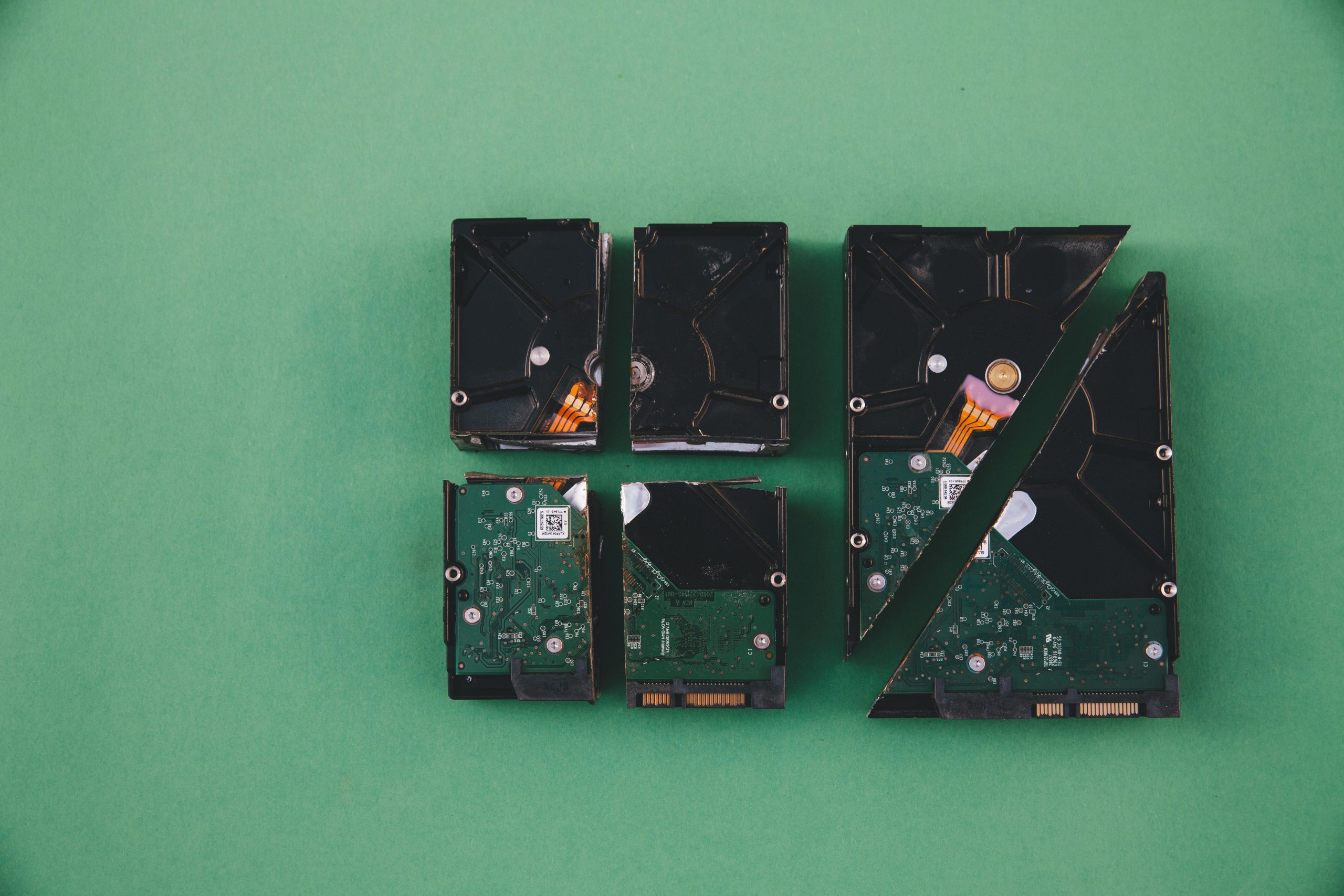Losing critical data due to a crashed hard drive can be a nightmare, whether it’s precious family photos, important work documents, or essential business files. Fortunately, data recovery is often possible if you act quickly and follow the right steps. This guide will walk you through the best methods to recover data from a crashed hard drive successfully, ensuring you maximize your chances of retrieving lost files.
Understanding the Causes of a Hard Drive Crash
Before attempting data recovery, it’s essential to understand why your hard drive crashed. Identifying the root cause can help you choose the most effective recovery method and prevent future failures. Common causes include:
- Physical Damage: Dropping the hard drive, exposure to water, or overheating can cause mechanical failure.
- Logical Errors: Corrupted files, malware, or improper shutdowns can lead to software-related crashes.
- Wear and Tear: Over time, hard drives degrade, leading to bad sectors or complete failure.
- Power Surges: Sudden power outages or electrical spikes can damage the drive’s circuitry.
Recognizing the issue will help you determine whether DIY recovery is feasible or if professional assistance is necessary.
Step-by-Step Guide to Recovering Data from a Crashed Hard Drive
1. Stop Using the Hard Drive Immediately
When a hard drive crashes, continuing to use it can worsen the damage. Avoid powering it on unnecessarily, as this may overwrite deleted files or cause further corruption. The sooner you stop using the drive, the higher your chances of successful recovery.
2. Check Basic Connections
Sometimes, the issue isn’t a complete crash but a loose connection. Try these steps:
- Disconnect and reconnect the hard drive’s cables.
- Test the drive on another computer or with a different cable.
- Listen for unusual sounds (like clicking or grinding), which indicate physical damage.
If the drive still isn’t recognized, proceed to data recovery software.
3. Use Data Recovery Software
For logical failures (e.g., corrupted partitions or accidental deletion), specialized software can often retrieve lost files. Popular tools include:
- Recuva: A user-friendly option for beginners.
- EaseUS Data Recovery Wizard: Offers deep scans for severely corrupted drives.
- Stellar Data Recovery: Supports multiple file types and damaged partitions.
Follow these steps when using recovery software:
- Install the software on a separate, healthy drive to avoid overwriting data.
- Connect the crashed drive as an external device (if possible).
- Run a scan and preview recoverable files before restoring them.
4. Seek Professional Help for Physical Damage
If your hard drive has physical damage (e.g., strange noises, burnt components), DIY recovery isn’t recommended. Professional data recovery services have cleanroom environments and specialized tools to repair and extract data safely. While costly, this option is often the only solution for severely damaged drives.
Preventing Future Hard Drive Crashes
Once you’ve recovered your data, take steps to avoid future crashes:
- Back Up Regularly: Use cloud storage or external drives to keep copies of important files.
- Monitor Drive Health: Tools like CrystalDiskInfo can alert you to potential failures.
- Avoid Physical Shock: Handle hard drives carefully and store them in a safe location.
- Use a Surge Protector: Protect your devices from power fluctuations.
Conclusion
Recovering data from a crashed hard drive is possible with the right approach. Start by diagnosing the issue, then use reliable software for logical errors or consult professionals for physical damage. Most importantly, adopt preventive measures to safeguard your data in the future. By following this guide, you can minimize data loss and restore your files successfully.
